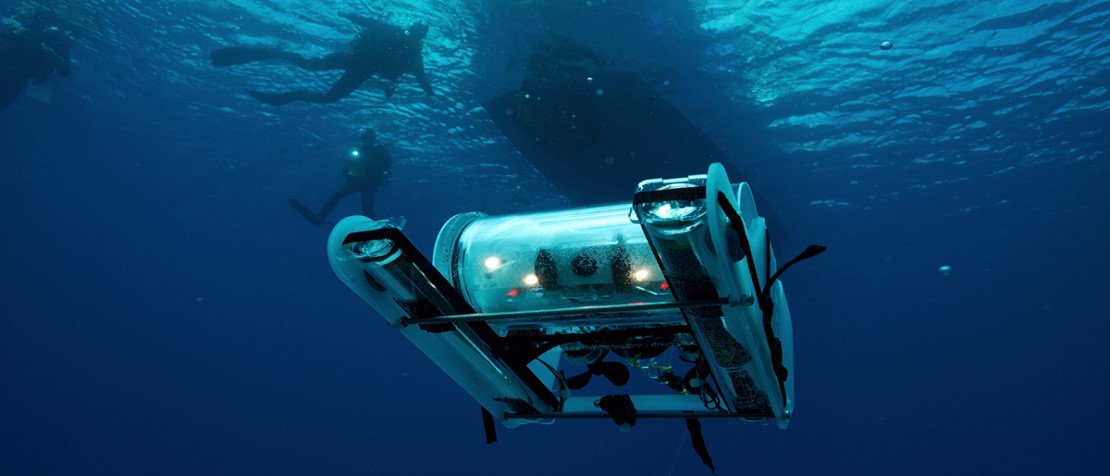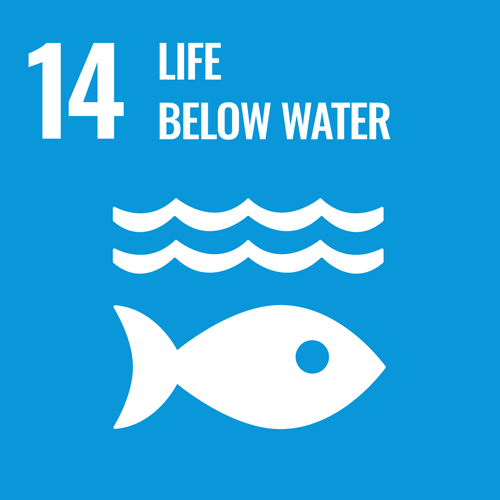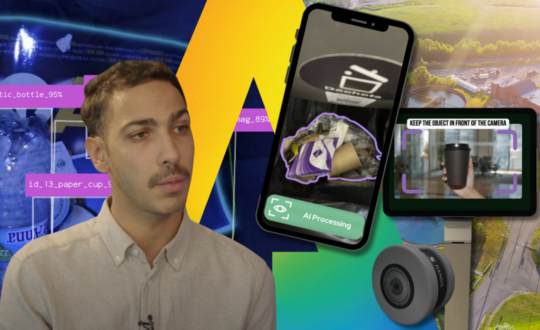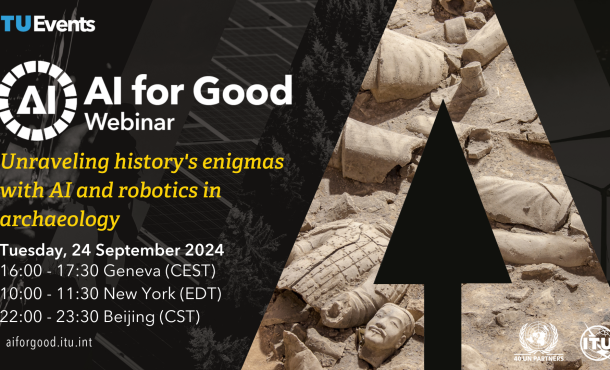Meet the robots unlocking ocean secrets

Advances in artificial intelligence (AI) and marine robotics, however, could soon make the undersea depths more familiar.
This year marks the start of the Ocean Decade, a dedicated United Nations-led drive to apply ocean science for sustainable development.
Oceans are a major food source and play a central role in regulating the planet’s climate.
“As our civilization transitions to more sustainable energy sources, the ocean represents a large untapped source,” added Sean Halpin, Vice President of Products and Services at Houston Mechatronics, speaking at an AI for Good session on marine robotics.
But the undersea work needed to investigate and tap into ocean energy and resource potential can be dangerous. It can also produce considerable emissions of carbon dioxide (CO2) and other greenhouse gases. Halpin’s company aims to use marine robots to conduct underwater exploration, monitoring and maintenance in a safer, more sustainable manner.
“You can scale robotic technology without increasing your carbon footprint or sacrificing human safety,” he said.
The autonomous robot vehicle travels hydrodynamically at the surface or through the depths of the sea. Upon reaching its destination, it puts out its arms and collects image data to perform tasks and interact with the marine environment.
Slowly going autonomous
Houston Mechatronics built the small, uncrewed vessel – still at proof-of-concept stage – as a way to eliminate the emissions produced by larger ships with human crews aboard.
Although fully autonomous in theory, it still operates on shared control architecture “because people don’t quite trust robots to do all the work autonomously yet,” Halpin said.
Ocean exploration aligned with sustainable development warrants at least as much attention as space flights, in his view. “I want my children to go to space because they want to, not because they must,” he said. “Fixing problems at home first, using marine robots to better extract information and energy from the ocean, is the way to go.”
As probes explore the solar system and beyond, the imbalance between space and ocean knowledge grows. “We have a map of the entire surface of Mars to a three-centimetre resolution, but only have about 20 per cent of the seafloor mapped,” pointed out Richard Mills, Vice President of Marine Robotics Sales at Kongsberg Maritime.
Current robots, operable in deep water, could survey up to 96 per cent of the world’s seafloor through sonar imagery and bathymetric mapping, he said.
Eelume, Kongsberg’s flexible robot model, 20 centimetres in diameter, is designed to stay on the seafloor for up to six months at a time. AI helps to compile actionable survey data, which can
then be transmitted via maritime broadband radio and distributed via cloud-based services for processing and analysis anywhere in the world.
Robot use made easy
Remotely operated vehicles (ROVs) can support a variety of operations, from aquaculture and search-and-rescue to cleaning out reservoirs. “We aim to make complicated missions very simple for the user, so all of our robots are portable – either battery or mains powered,” said Sam Macdonald, Founder and President of Canada-based Deep Trekker.
For her, AI is the key to make undersea vehicles autonomous and simple to use.
“We are getting into waypoint navigation. Using a handheld screen [to control the] robot, you can drop waypoints, make depth or speed changes, and have the robot run the mission autonomously.”
Ocean data harvested by ROVs can then be curated for consumer use. Macdonald’s company aims to use AI to detect damage in marine environments while it happens.
This could involve sending ROVs out to inspect infrastructure or using benthic seabed habitat mapping to check on the health of vital reefs and marine species.
Undersea charging
While battery life remains a major concern, installing recharging stations for marine robots represents an even bigger challenge.
At Purdue University (US), Associate Professor Nina Mahmoudian and her mechanical engineering students are creating new tools to improve undersea robot effectiveness.
Their prototypes include a portable, multipurpose underwater docking system that relies on acoustics and vision sensing to interact with autonomous vehicles.
The research team found traditional algorithms lacking, as vehicles repeatedly mistook other well-lit areas for the docking station. Machine learning, however, helps to eliminate such false positives.
Robots should soon be able to recognize whether to avoid or pursue any obstacle in the underwater environment. “We are also using segmentation to enable the robot to detect water and then navigate through it,” Mahmoudian said.
Image credit: Octopus Foundation via Wikimedia Commons














